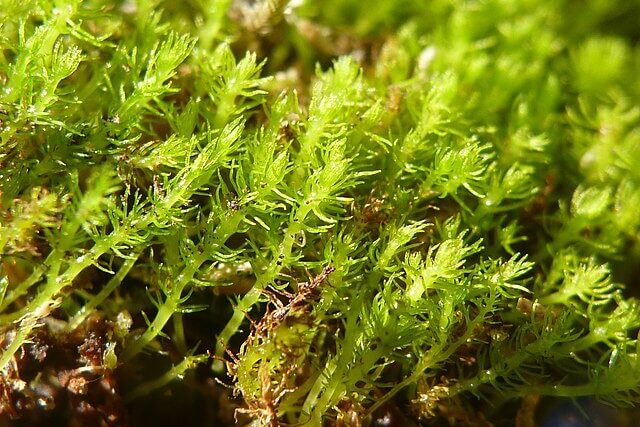
Scientists have raised concerns that the world’s oldest moss, known as Takakia, may not withstand the challenges posed by climate breakdown. This ancient moss, which has been thriving for an astounding 390 million years, is regarded as one of the fastest-evolving species ever discovered. However, even its remarkable adaptability may not be sufficient to ensure its survival, warn researchers.
Takakia is a small, slow-growing moss that is found in limited quantities in remote regions of the United States, Japan, and Tibet. After a decade-long expedition, scientists conducted the first-ever DNA analysis of Takakia to assess how climate change is impacting this species and its habitat.
Remarkably, Takakia had already been around for 100 million years before the Himalayas, the mountain range where it is primarily found, began to form beneath it. This geological development triggered a rapid adaptation process in the moss.
“We set out to describe and analyse a living fossil,” said Ralf Reski, a plant biotechnologist at the University of Freiburg in Germany and an author of the paper published in the journal Cell.
The expedition to study Takakia was no easy feat, given the high altitudes and unpredictable weather conditions in the Himalayas. Plant biologist and expedition co-leader Ruoyang Hu described the region as experiencing “four seasons within one day.”
Through their research, the team discovered that Takakia had evolved over generations to effectively repair damaged DNA and recover from the harmful effects of ultraviolet radiation, traits that helped it thrive in the extreme Himalayan environment. These adaptations allowed the moss to grow in diverse locations.
Yikun He, a plant biologist from Capital Normal University in Beijing, explained that Takakia employs a flexible branching system to establish a resilient population structure capable of withstanding heavy snowstorms.
However, the research also revealed that the climate in Takakia’s habitat was steadily warming, causing glaciers to melt and exposing the moss to higher levels of ultraviolet radiation than it had previously experienced. Over the course of their study, the scientists observed a 1.6% annual decline in Takakia populations in Tibet. Hu predicted that by the end of the 21st century, the areas where Takakia can thrive will be reduced to just 1,000-1,500 square kilometers worldwide.
In an effort to preserve this unique species, plant scientists are working on multiplying Takakia specimens in laboratory settings and transplanting them to experimental sites in Tibet. These measures aim to increase the moss’s chances of survival in the face of a changing climate that poses unprecedented challenges to even the most resilient and enduring of species.
——————————————————————————
At Natural World Fund, we are passionate about stopping the decline in our wildlife.
The decline in our wildlife is shocking and frightening. Without much more support, many of the animals we know and love will continue in their decline towards extinction.
When you help to restore a patch of degraded land through rewilding to forests, meadows, or wetlands, you have a massive impact on the biodiversity at a local level. You give animals a home and food that they otherwise would not have had, and it has a positive snowball effect on the food chain.
We are convinced that this is much better for the UK than growing lots of fast-growing coniferous trees, solely to remove carbon, that don’t actually help our animals to thrive.
This is why we stand for restoring nature in the UK through responsible rewilding. For us, it is the right thing to do. Let’s do what’s right for nature!
Donate today at https://naturalworldfund.com/ and join in the solution!

